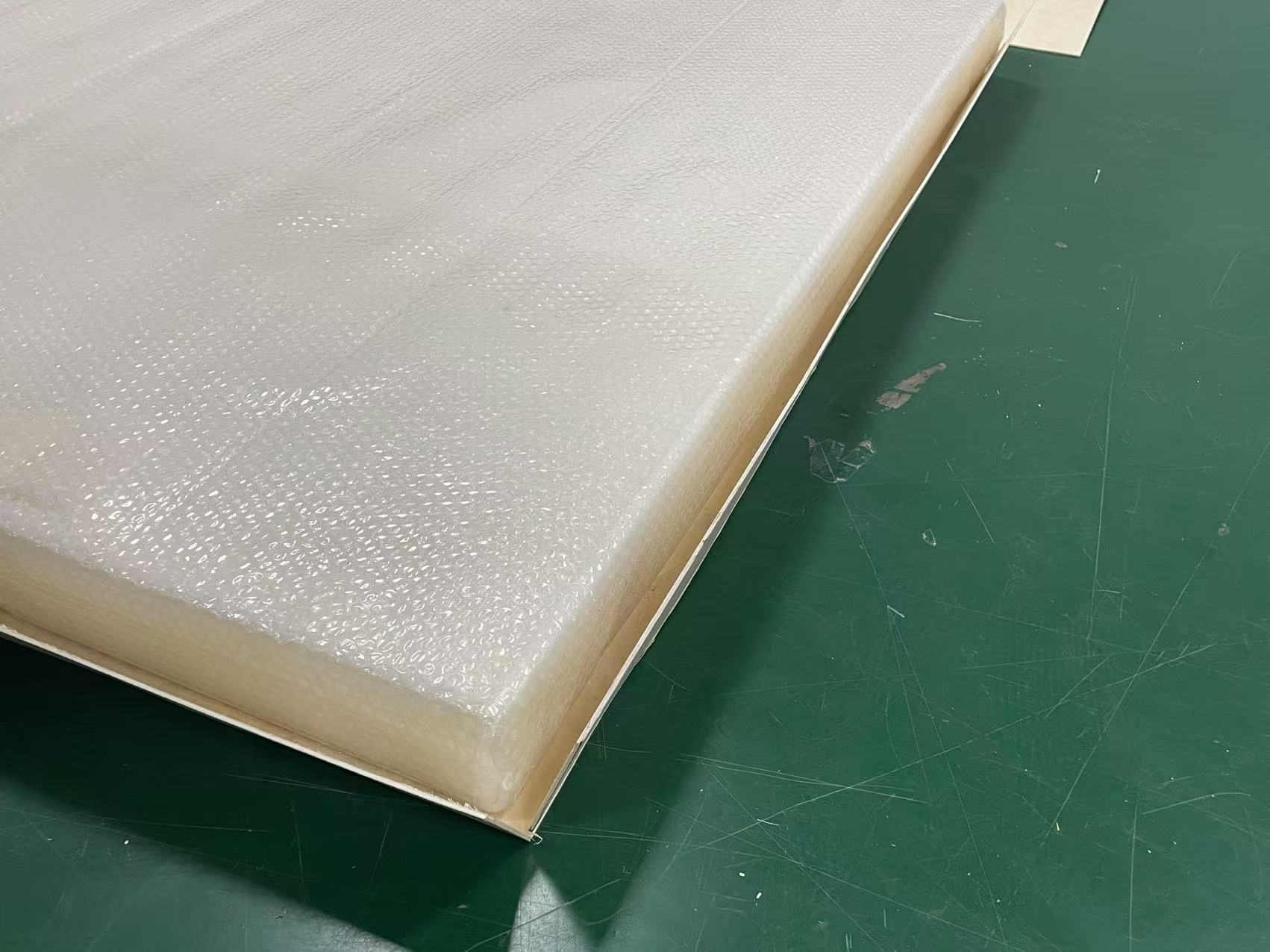
Unveiling the Versatility of PMI Foam: How Pore Size Matters

Polyisocyanurate-methacrylimide (PMI) foam is a high-performance, lightweight core material widely used in demanding applications across aerospace, automotive, marine, and sporting goods industries. Renowned for its exceptional strength-to-weight ratio, high stiffness, and excellent thermal stability, PMI foam is a material of choice for engineers seeking to optimize structural performance while minimizing weight. But did you know that the pore size of PMI foam plays a crucial role in determining its specific properties and suitability for various applications?
Understanding PMI Foam and Its Structure
At its core, PMI foam is a rigid, closed-cell foam. This closed-cell structure means that the individual cells within the foam are sealed off from one another, preventing gas or liquid from easily passing through. This unique characteristic contributes to its excellent insulation properties and low water absorption. However, within this closed-cell framework, the size of these individual cells, or pores, can be precisely controlled during the manufacturing process. This control over pore size allows for the creation of different grades of PMI foam, each with tailored characteristics.
The Impact of Pore Size on Performance
Smaller Pore Sizes: Enhanced Mechanical Properties
PMI foam with smaller pore sizes typically exhibits higher compressive strength and stiffness. This is because a greater number of cell walls are present within a given volume, leading to a more robust and interconnected internal structure. For applications where maximum load-bearing capacity and rigidity are paramount, such as aircraft components or high-performance automotive chassis, a fine-celled PMI foam is often preferred. The uniform distribution of stress across many small cells helps prevent localized failure and improves the overall structural integrity.
Larger Pore Sizes: Improved Resin Infusion and Weight Reduction
Conversely, PMI foam with larger pore sizes offers distinct advantages in other areas. The more open structure facilitates easier and more efficient resin infusion, a common manufacturing process for composite structures. During infusion, liquid resin flows into the foam and cures, creating a strong bond with composite skins. Larger pores allow for faster resin flow and better wet-out, reducing manufacturing time and potentially leading to a more consistent bond line. Additionally, larger pores can sometimes contribute to a slight reduction in overall density for a given foam grade, further optimizing weight in applications where every gram counts. This makes larger-pored PMI foam suitable for components requiring good resin flow, such as wind turbine blades or large marine structures, where rapid manufacturing and weight savings are crucial.
Choosing the Right PMI Foam for Your Application
The selection of the appropriate PMI foam pore size is a critical design consideration. Engineers must carefully evaluate the specific requirements of their application, including:
- Mechanical performance: Does the component need maximum strength and stiffness, or is a balance with other properties acceptable?
- Manufacturing process: Will the foam be infused with resin, and how important is efficient resin flow?
- Weight constraints: Is minimizing weight the absolute top priority?
- Cost-effectiveness: How does the pore size influence material cost and manufacturing efficiency?
By understanding the nuanced relationship between pore size and performance, engineers can effectively leverage the versatility of PMI foam to create lighter, stronger, and more efficient structures across a multitude of industries.
PMI foam
Latest News




